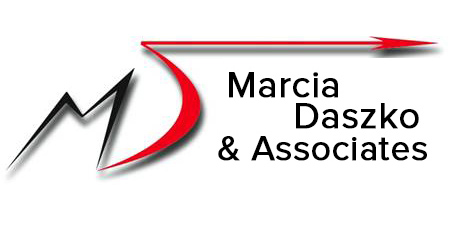Marcia's Leadership Q and As: How should a new executive deal with office cliques?
/Q. As a new executive, I’m quite surprised at the arrogance of some of my management team. While we are a service organization, many long-time team members have formed an exclusive, dysfunctional clique that has caused high turnover. What’s the best and fastest way to dissolve this?
A. As the new leader, you will need to create a new environment with a new culture.
Think about the vision you have for the organization and the values and behaviors you expect your team to have so that everyone can collaborate. Start with one-to-one conversations with your management team. Listen to their thoughts, concerns, mindset.
Ask each one if they are willing to learn, improve and work together and help you move the whole organization forward? Of course, watch what they say and what they do over the next few weeks and months.
Once you assess the individuals, discuss with them as a team, the need to change their thinking and leadership. Share what works and doesn’t work. Communicate and discuss with them your vision. Be clear about your expectations.
Ask them how it can be achieved. People will need to change. Some will. Some won’t. All will need clarity and coaching from you. An outside coach can share an outside perspective for you, too.
Give them some time to shift their thinking and actions, but also don’t tolerate dysfunctional, arrogant behavior. Some people have been stuck for years with their control, power, and position. It won’t be easy to change, but be clear that the company needs a healthier style of leadership.


























